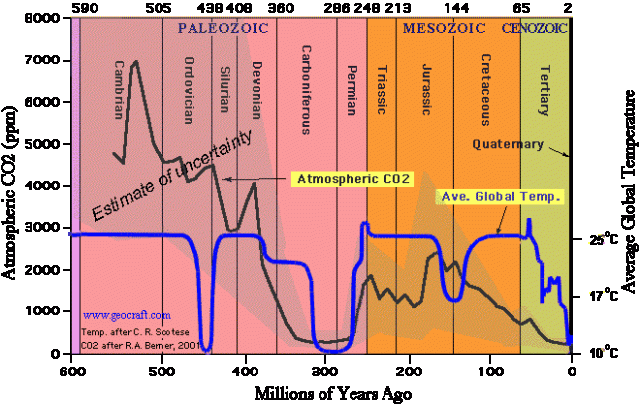Joe - I stated, "...the sensor and wall haven't been altered since the day they were installed..." Then you say, "The wall wasn't there." Gee, that's an alteration. I'll be more clear. If a sensor is placed close to a wall that has thermal sink properties and introduces errors in the sensor readings, then those particular errors will remain constant as long as there are no alterations in the sensor and the wall.
I should warn you...sensors in my business. Been in them for 45 years. Let's discuss sensors and their associated errors.
1) All sensor outputs contain errors. They include:
- Accuracy error
- Linearity error
- Thermal error
- Zero error
- Span error
- Hysteresis error
- Calibration error
- Dead band error
- Saturation error
- Resolution error
- Compensation error
- Stability error
- Johnson noise error
When all these errors are combined (use sum of least squares method), you get a composite error called Total Error Band (TEB). Next, you need a good understanding of the differences between accuracy, precision, and resolution as they relate to sensor errors. All basic sensing elements are analog. They will have infinite resolution and crappy accuracy and precision. The vast majority of sensors are compensated during the manufacturing process to improve accuracy and precision. With tremendous effort and cost, sensors can achieve TEB in the range of 0.1% - 0.5%. A few sensor technologies can be made to achieve TEB of 0.01%, but it's not common. Converting a sensor output from analog to digital will improve resolution (after you do oversampling), but not affect accuracy or precision.
So how do people get sensor readings to improve? High degrees of compensation can help. There are any number of statistical methods to substantially improve the data. Oversampling is used to improve resolution by orders of magnitude. Frequent calibration can help. NOAA's global CO2 sensor stations are calibrated once an hour using standard gasses with known CO2 concentrations.
There are also any number of external error sources that are unpredictable and those have to be dealt with on a case by case basis. Once understood, they be can factored out of the final answer by applying offsets to the calculation. This is a technique often used in medical sensors where the sensor output is actually incorrect, but the reasons are know why and corrected in the final calculation.
After all this, my point is simple. Data from sensors that don't quite give you the correct number is often very useful, especially when you are tracking trends and changes, as in climate science. If your temperature sensor gives you an annual average of 72.1 degrees over the past 12 months, and gave you an annual average of 69.3 degrees over the previous 12 months, that's the information you want. The idea that the sensor is off by 0.3 degrees doesn't matter, because that offset was true for all the readings.
Joe, You claim that all the air sampled at Mauna Loa comes from China. Wrong, my friend. Hawaii experiences Trade Winds for 70% of the year, and these winds come from a NE or ENE direction. It's why all the good surfing spots are on the north and east sides of all the Hawaiian Islands. If Mauna Loa is measuring air from China, it's after an incredibly long trip.



















